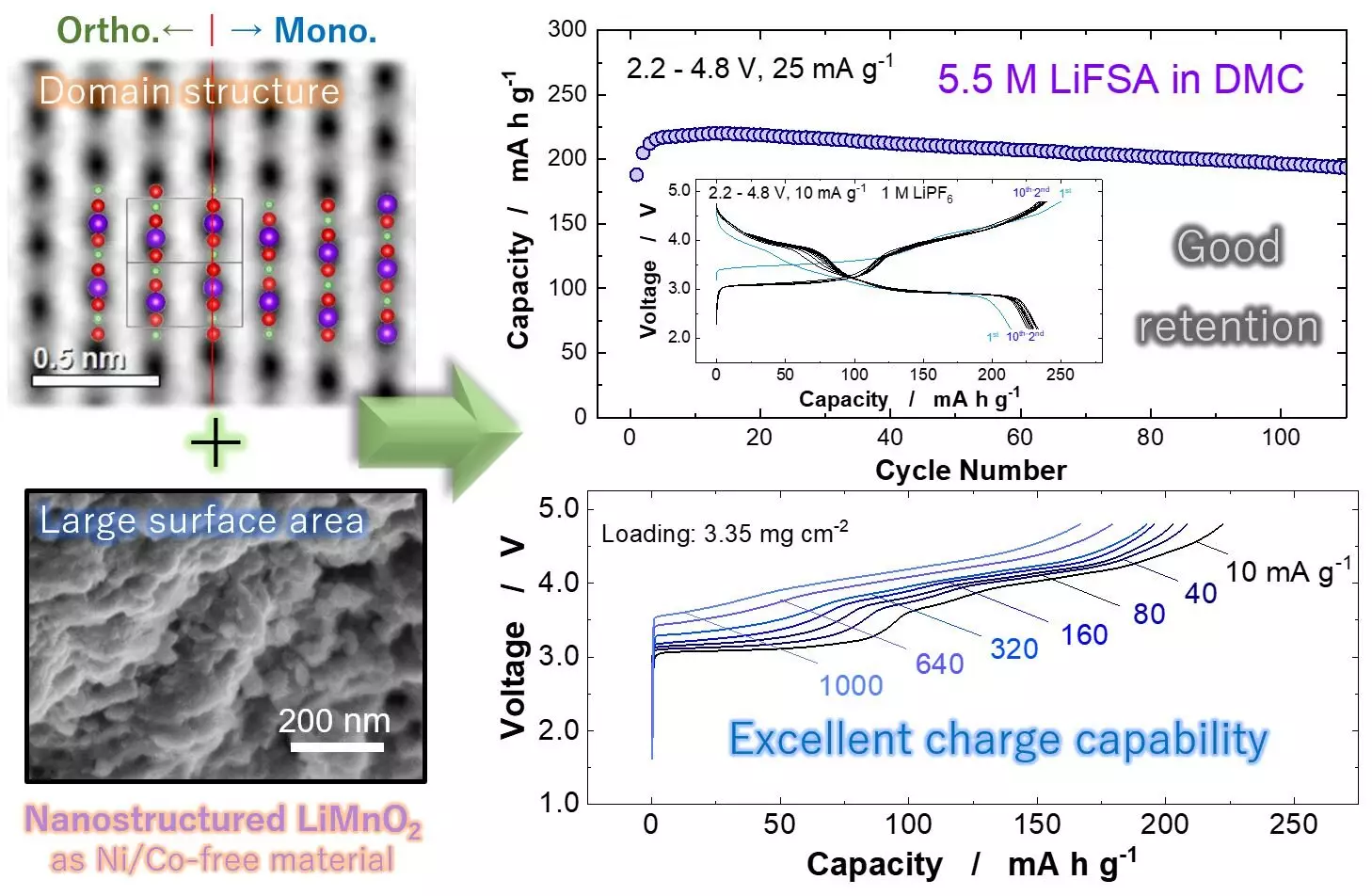With the growing demand for electric vehicles (EVs), the need for advanced, efficient, and sustainable battery technologies is at an all-time high. Among the multitude of innovations, lithium-ion (Li-ion) batteries stand out as the go-to energy source for modern electronics and vehicles alike. However, as society shifts to greener alternatives, researchers are exploring lithium-manganese batteries as an essential alternative. By capitalizing on the low-cost and abundant manganese (Mn), scientists aim to precipitate a transformation in how we conceive battery manufacturing, ultimately aligning it more closely with environmental sustainability.
Existing Challenges with Current Technology
Traditionally, the primary materials for electric vehicle batteries have been nickel (Ni) and cobalt (Co), both of which pose economic and ethical dilemmas. The rising prices and questionable mining practices associated with these elements present significant challenges to the sustainable future of EVs. As electric vehicle adoption increases, the emphasis on finding cost-effective and sustainable lithium-based alternatives is mounting. Therefore, the pivotal role of manganese as a foundational component in a novel battery architecture is critical—a transformation that researchers are fervently pursuing to avoid the pitfalls of existing technologies.
The Breakthrough: Monoclinic Lithium Manganese Oxide
At the forefront of this investigation is the monoclinic lithium manganese oxide (LiMnO2) structure, which has previously been eclipsed due to limited performance. However, recent findings have illuminated its advantages, particularly in terms of high energy density and superior charging capabilities. Utilizing systematic studies of different LiMnO2 polymorphs has revealed that the monoclinic layered configuration enables crucial structural transitions that can bolster performance, rivaling current nickel-based systems.
Naoaki Yabuuchi and the research team critical to this breakthrough presented their findings in ACS Central Science, revealing a new synthesis route that allows for the direct production of nanostructured LiMnO2. This innovation is not merely incremental; it heralds a substantial leap in the energy density metrics, with the synthesized material reaching impressive levels of 820 watt-hours per kilogram (Wh/kg). For contextual clarity, current nickel-based systems typically offer around 750 Wh/kg, while other conventional lithium systems tend to peak at approximately 500 Wh/kg.
Performance Without Compromise
Perhaps one of the most striking features of this new manganese-based technology is the elimination of voltage decay—a common issue that plagues many manganese-based battery materials. Voltage decay can lead to significant performance degradation over time, effectively shortening the lifespan of batteries, particularly in demanding applications like electric vehicles. The innovation with nanostructured LiMnO2, however, eradicates this concern, ensuring reliability and sustained performance for electric vehicle applications.
Yet, with great promise comes inherent challenges. The risk of manganese dissolution presents a genuine concern; however, researchers have developed solutions to mitigate this phenomenon through the use of highly concentrated electrolyte solutions in conjunction with innovative lithium phosphate coatings. Such advancements not only promise to stabilize the material but also enhance its overall endurance against wear and tear.
A Sustainable Future Awaits
The implications of successfully integrating nanostructured LiMnO2 technology into commercial production are monumental. With its blend of high energy density, rapid charging capabilities, and environmental sustainability, this battery technology could catalyze a massive shift toward more responsible and efficient electric vehicles. Rather than solely relying on expensive and environmentally harmful materials, the automotive industry stands on the verge of embracing a revolution rooted in manganese, an element that is abundant, affordable, and less associated with ethical dilemmas.
As industries look to the future, emerging technologies such as lithium-manganese batteries are not merely innovations—they are harbingers of a new era in energy. They hold the promise to redefine how we power our vehicles and, indeed, our world. The path to commercialization is fraught with hurdles, yet the potential rewards underscore the necessity of innovation. The journey has just begun, and with efforts to refine and scale this technology, electric vehicles powered by sustainable battery solutions are on the brink of becoming a reality. Supporting such groundbreaking efforts not only aligns with ecological imperatives but also positions society to embrace a cleaner, greener future.

